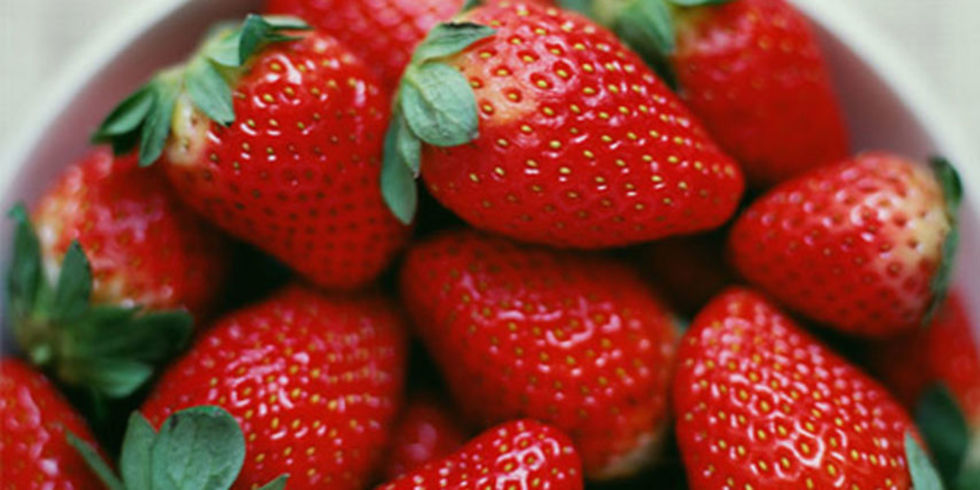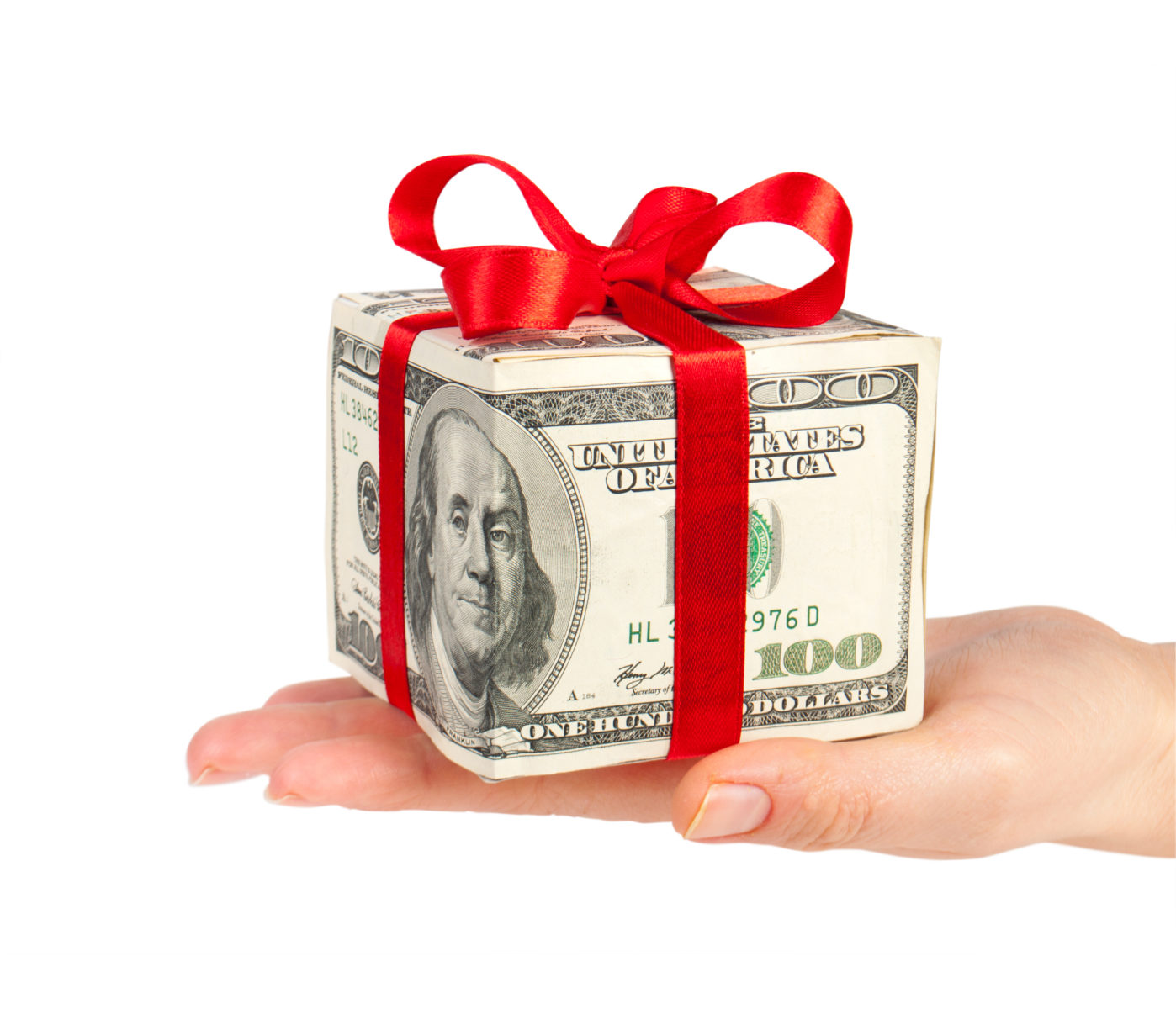
Red is one of the most ubiquitous colours in our modern world today. It is used in advertising, packaging, home decor, children’s items, flags and etc. The list is endless.
Red is a very interesting and most well-known colour, as it is a part of so much of what we do and say. Just think of some of the phrases that use the colour red in: “red with anger”, “The Reds”–signifying Communists, “redheads”. The colour Red is an important colour in many facets of our lives.
Red and Culture


Red is the one colour that all cultures have named specifically for thousands of years and have identified it within ancient writings. Perhaps this is because no matter our culture or race, all humans bleed ‘red’? Whatever the reason it continues to be a popular colour worldwide today.
The colour red also binds Canadians together through our national flag and with common ‘Canadian’ traits such as kindness, generosity and open-mindedness. Privileged with the right to choose whichever career or industry we want, all of my fellow designers alike are fortunate to work and excel in a competitive industry.
In the Northern Hemisphere, red is the most used colour for national identification, featured in many flags of Europe and North America. It is the colour of patriotism in the United States, Canada and Great Britain. Certainly the history of “the Red Coats” has been prominent in the history of England and the American Revolution.
It was also the colour that became symbolic of the superiority of the Italian Wool industry in the Middle Ages and desired by consumers across Europe until England finally produced a colour-fast red to compliment their excellent wool and milling abilities.
Red and Food


One of Red’s strongest associations has been to food! There are a plethora of red foods available around the world including strawberries, apples, red peppers, cranberries, raspberries, etc, so there’s no doubt this colour has close ties to our meals.
The sight of the colour Red has also been determined to increase appetite as it slightly increases our heart rate upon first glance. This is short term of course, but it is a colour said to spark conversation and increase physical action when people are surrounded by it.
Red Love


Red has been associated to the heart since at least the middle ages but more prominently to the 17th and 18th century Romantic writers. Interestingly a recent article from Prevention Magazine, November 2010 it noted the following study about red:
Ever wonder why your guy looks charming, not cheezy, in his red winter hat? The colour signals power and success–universally attractive qualities, say University of Rochester psychologists whose recent experiments showed that women find men who wear red more sexually desirable. The connection is deeply rooted in history: Red has traditionally been seen as a colour of authority and prosperity across societies, such as those of ancient Rome and China, for thousands of years.
Red today is the colour of commercial holiday items for Christmas and Valentine’s Day but is also associated to heat, sex, anger and passion not necessarily appropriate for either of the holidays using this symbolic colour. Of course, the colour red is combined with other colours which can culturally affect its associations.
Red and Vision


It has been thought that children under the age of two are best able to identify the colour red, which may help explain their need to fight over red-coloured toys rather than other ones as their colour sight has not become honed enough at this age.
For adults, red is a difficult colour to see without lighting. Red items don’t reflect very well at night, thus decreasing their visibility which is why some districts have switched from red fire trucks and hydrants to yellow which has a much higher visibility in low lighting levels.
Red and Commerce


And in commerce, certain types of reds are seen to be more desirable by women then men. For instance, blue-based reds are thought to be more likely purchased by women, whereas yellow-based reds are thought to be more desired by men. Just something to keep in mind when you choose to buy a red-coloured gift for the opposite sex: perhaps its best to purchase the ‘other’ red as THEY will like it better!
Lastly, red has always thought to have power or energy perhaps because of its associations to fire and heat. This association has been carried through many cultures over hundreds of years where today it still influences us as a powerful, strong and dominate colour. It is certainly a memorable colour as it exerts its presence in whatever form red is used.

